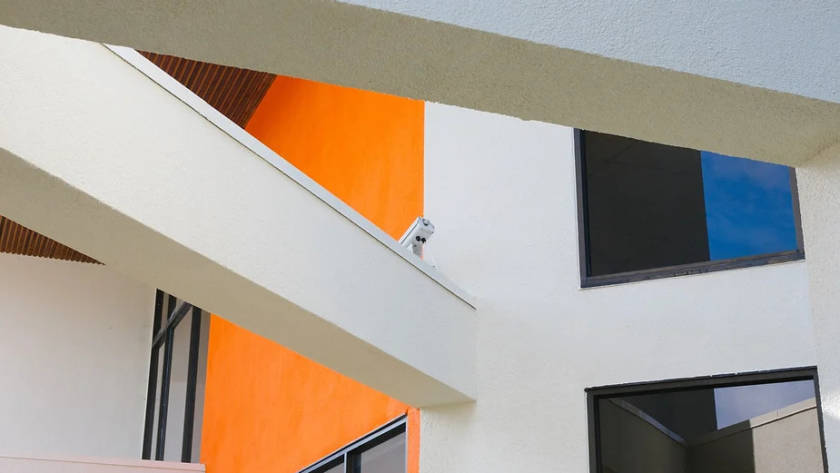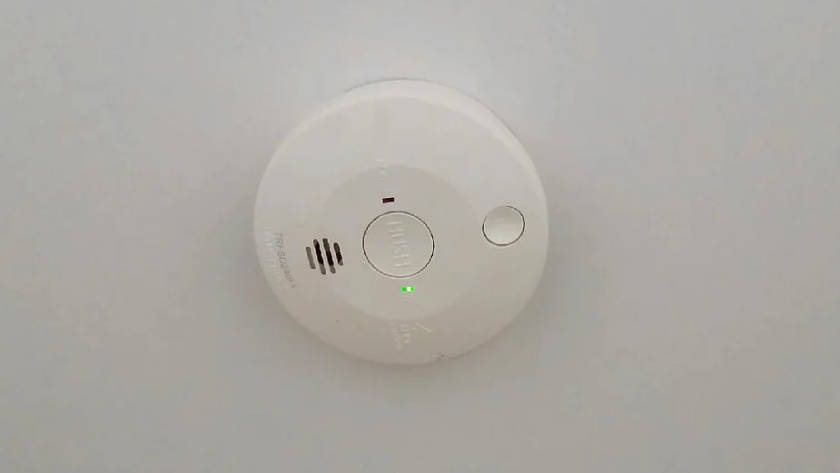





As a business owner or manager that occupies or manages a building in Queensland, you are required by law to ensure the safety of any individual in that building if a fire or other emergency occurs.
The National Safety Council of Australia state the following information about businesses in Australia:
Whether you run a small business or a large organisation, you need to adhere to the Fire Safety legislation. By doing so, you will avoid fines and make sure your business, along with your employees, are protected during a fire. The obligations of small businesses are listed under the Queensland Building Fire Safety Regulation 2008.
If the Fire Service conducts an inspection in your business place and compliance is not being met under the Queensland Building Fire Safety Regulation 2008, then large fines may apply. Penalties can range from $8,250 for every single non-compliance offense and up to $200,000 with three years in jail for serious offenses that result in multiple deaths.
The first thing you need to determine is whether your business falls under the small or large business category. To understand the difference between the two, you need to consult the Building Fire Safety Regulations 2008 (BFSR08). The type of business is determined either by the number of employees or the height of the building, also known as low and high occupancy buildings/business. This information is crucial because it dictates the requirements you have to comply with.
A high occupancy building or business is a building that exceeds 25 metres in height (Generally 8 levels) or a business with more than 30 employees. These large buildings or businesses require additional compliance above the requirements of smaller buildings or businesses.
A low occupancy building or business, on the other hand, is less than 25 metres in height or has less than 30 employees.
The QFES has released the ‘The Fire Safety Management Tool for Owner/Occupier Checklist’ to help businesses and building owners in managing their compliance with the various regulations, such as the Fire and Emergency Services Act 1990 (FESA) and the Building Fire Safety Regulation 2008 (BFSR).
Let’s look at some of the specific requirements businesses need to meet for compliance under BFSR 2008:
Your business’ number one protection against fires is having a comprehensive fire protection system. This includes both passive and active fire protection components, such as fire doors, fire sprinklers, pumpsets, fire suppression system, smoke alarms, fire hose and reels, fire hydrant, and others. Queensland has released new guidelines for smoke alarms, so make sure you upgrade yours before the deadline to maintain compliance.
This is an important aspect of the business or building’s fire protection system because it dictates what people should do and where they should go in the event of a fire. The Fire and Evacuation plan should also comply with AS3745 2010 – Planning for Emergencies in Facilities.
Businesses with more than 300 square metres in floor area are required to develop and install these diagrams. They should be displayed and appropriately located along the evacuation route of the building.
All employees must be trained in General and First Response evacuation procedures. It is recommended that the training be performed by a qualified fire safety trainer to make sure that every step is understood and appropriate procedures are implemented.
Occupants and employees of the building are required to complete an evacuation exercise every 12 months. This is to ensure that everyone knows how the evacuation process should be executed.
Businesses need to keep all records relating to fire training, fire safety inspections, evacuation exercises, and fire equipment maintenance that they are responsible for. The Fire Service will expect you to be able to supply these records when it performs an inspection of your business. Non-compliance will result in a maximum penalty of 20 units.
All businesses have the obligation, not only moral but also legally, to ensure the safety of all people engaged with the business all the time. Make sure that you have covered all of the requirements above for your compliance and peace of mind. If you have any questions or you need help in complying with your fire safety requirements, reach out to our team and SAFE will handle all issues regarding your residential or commercial fire protection systems or requirements.